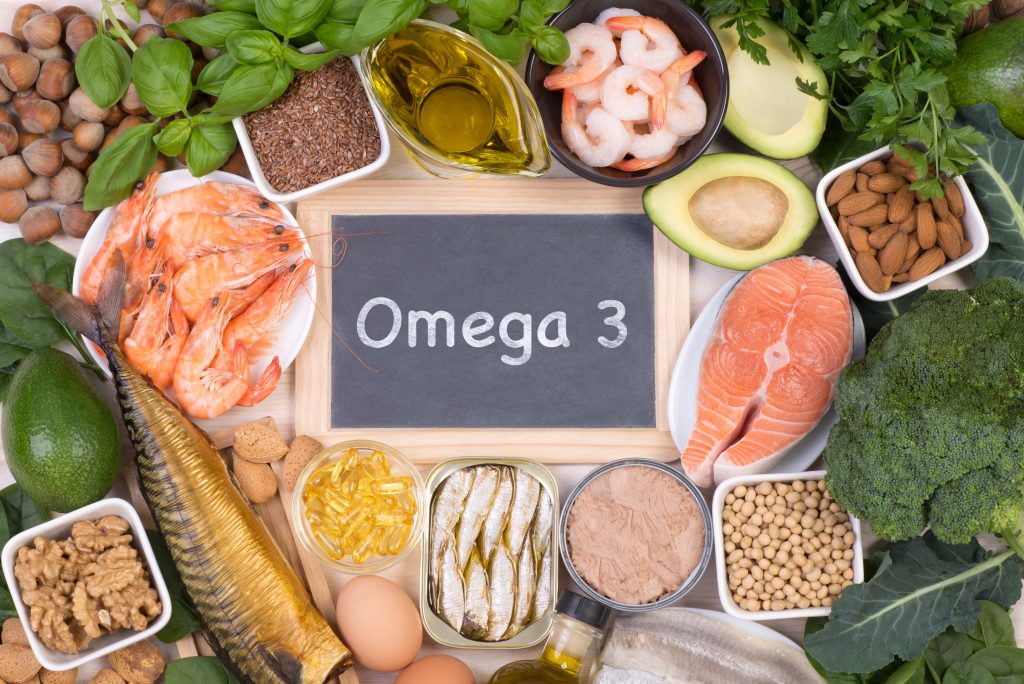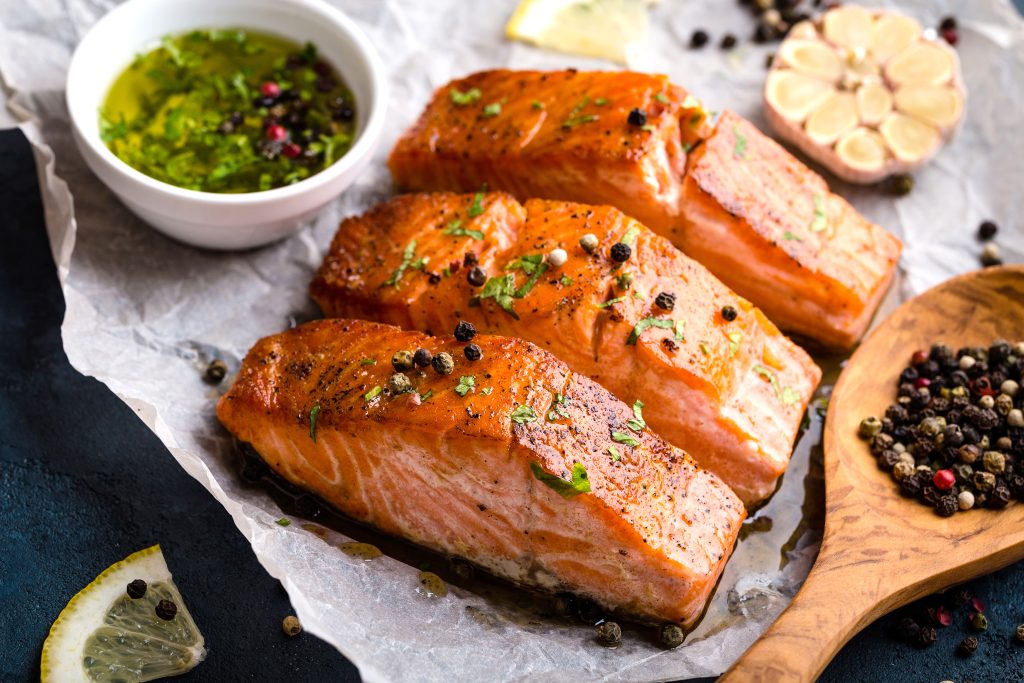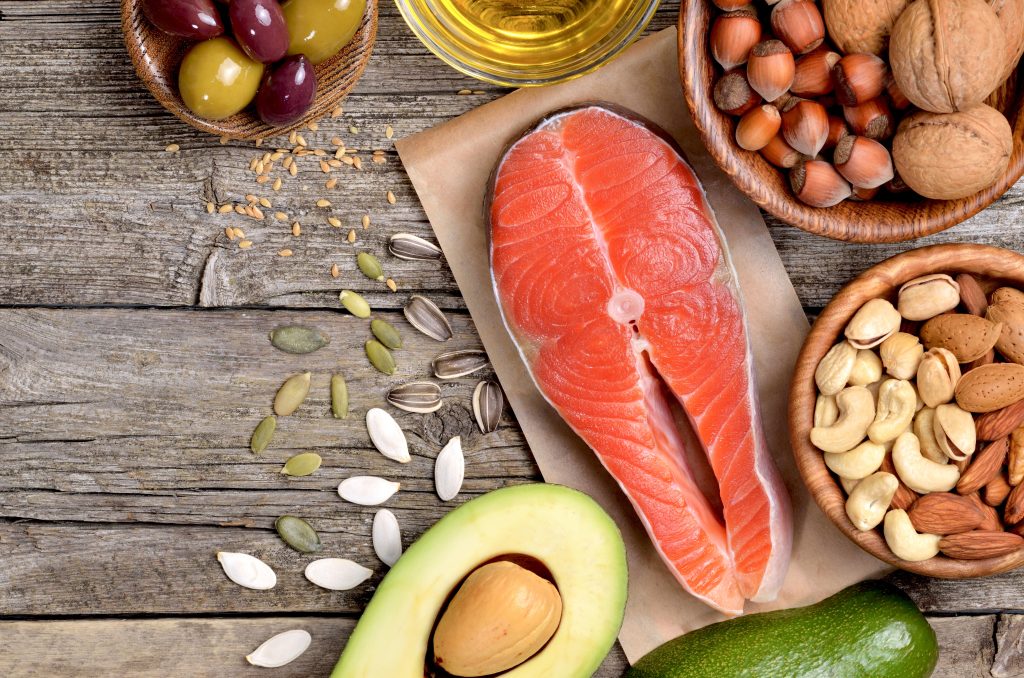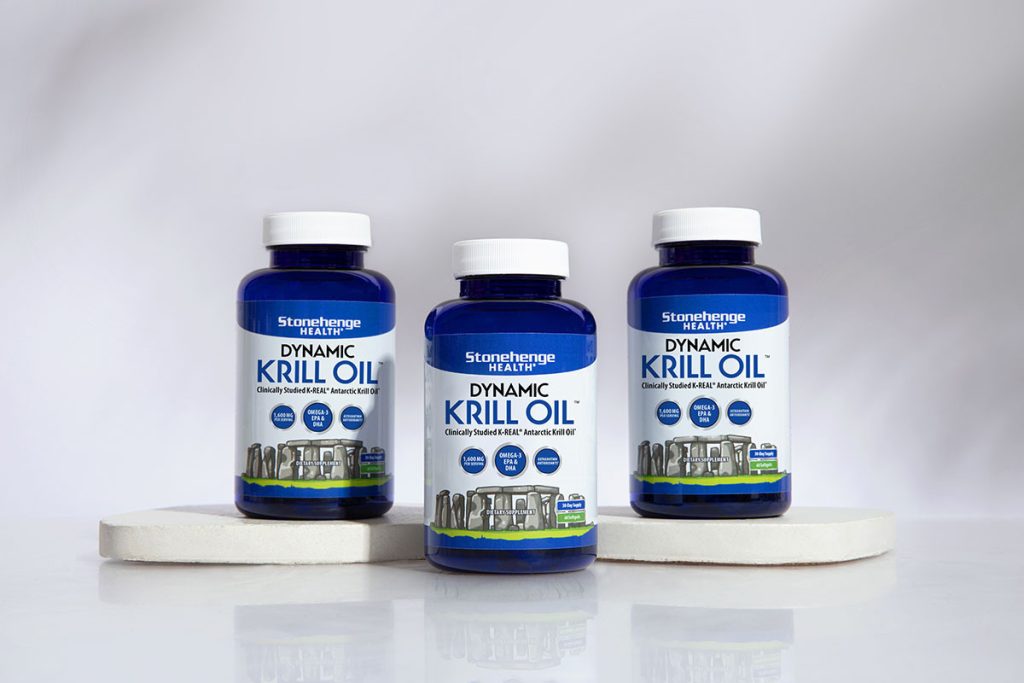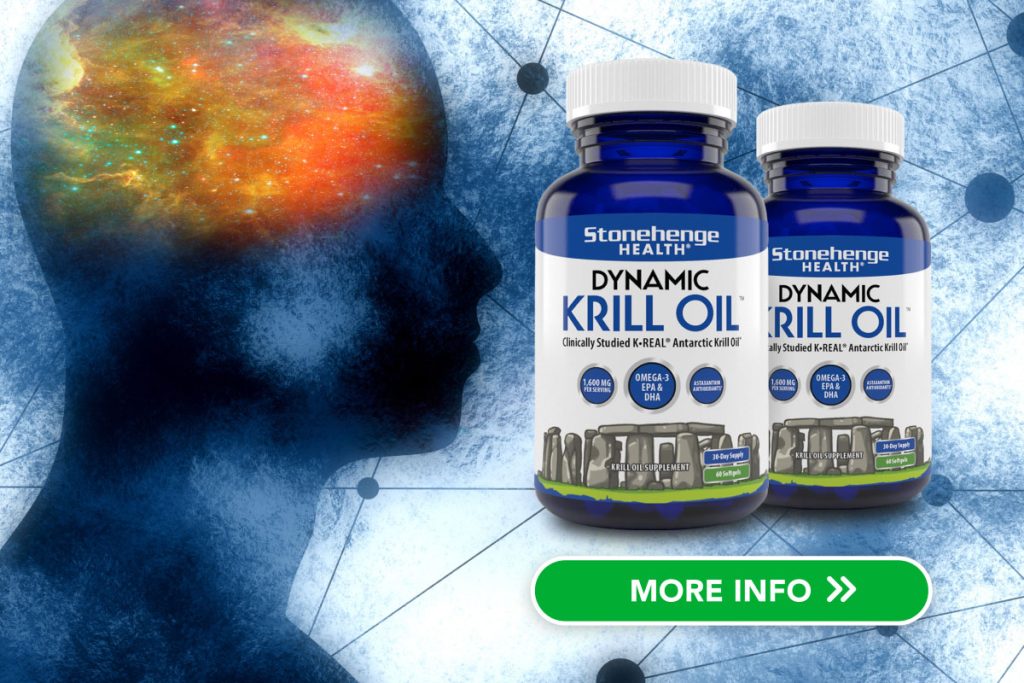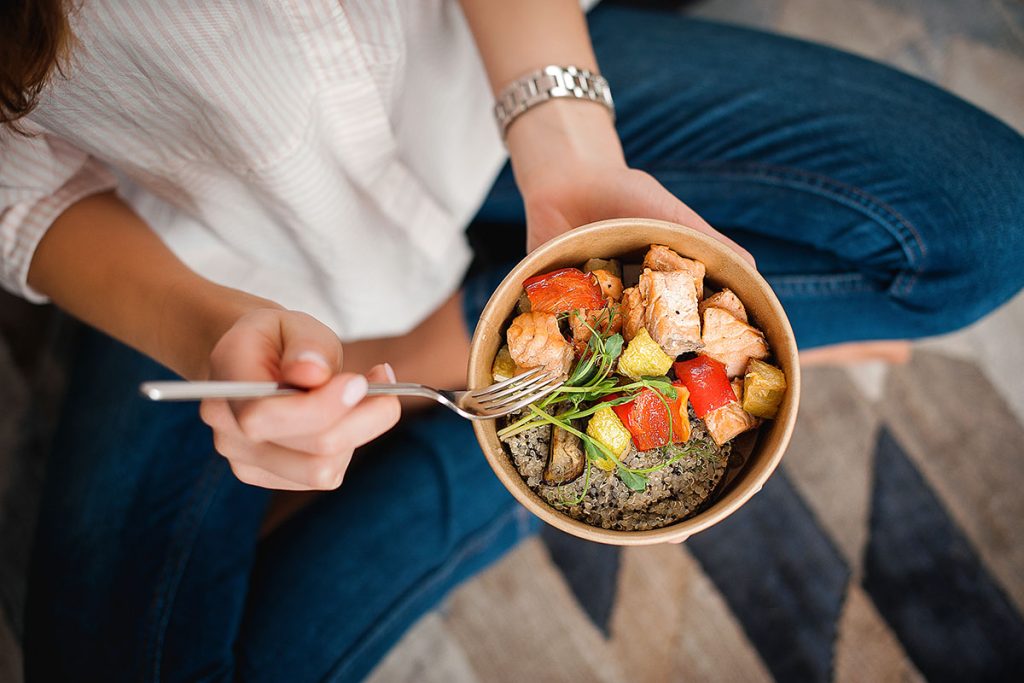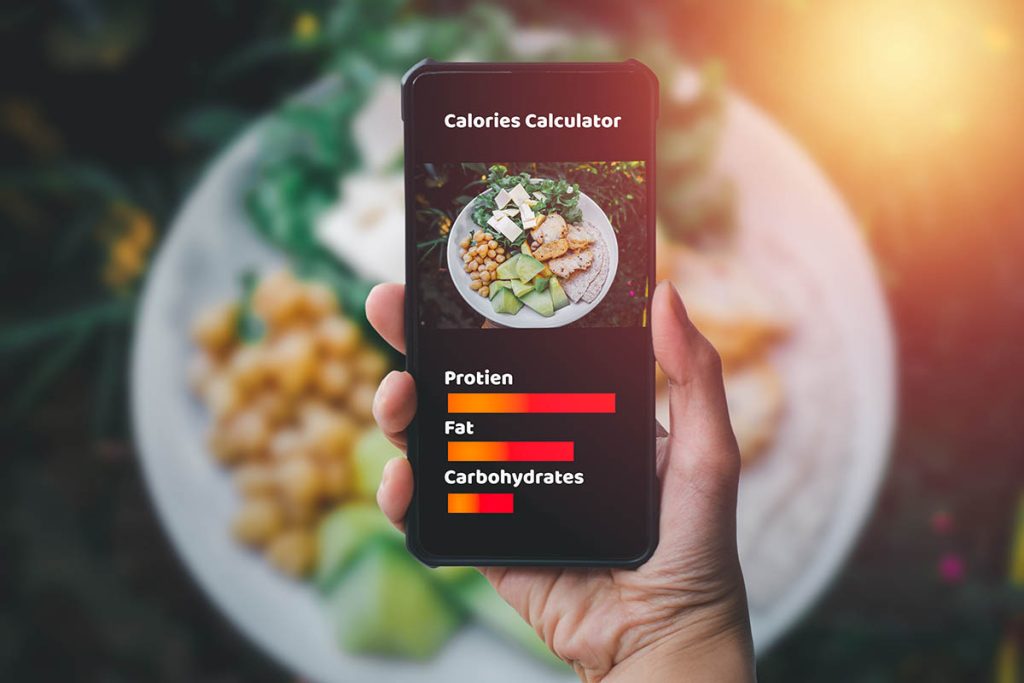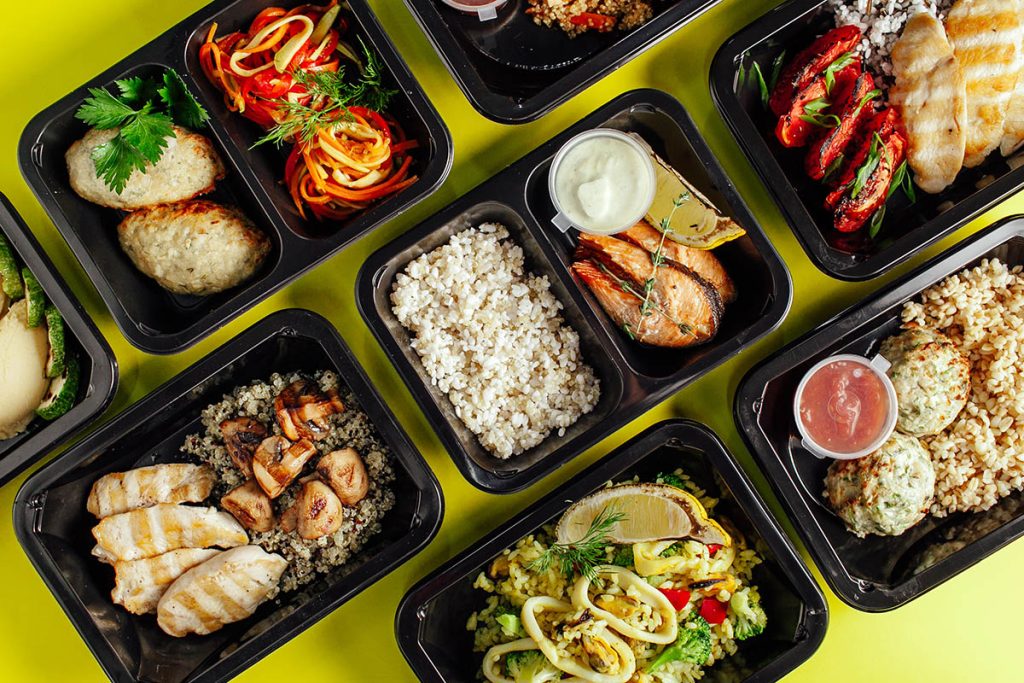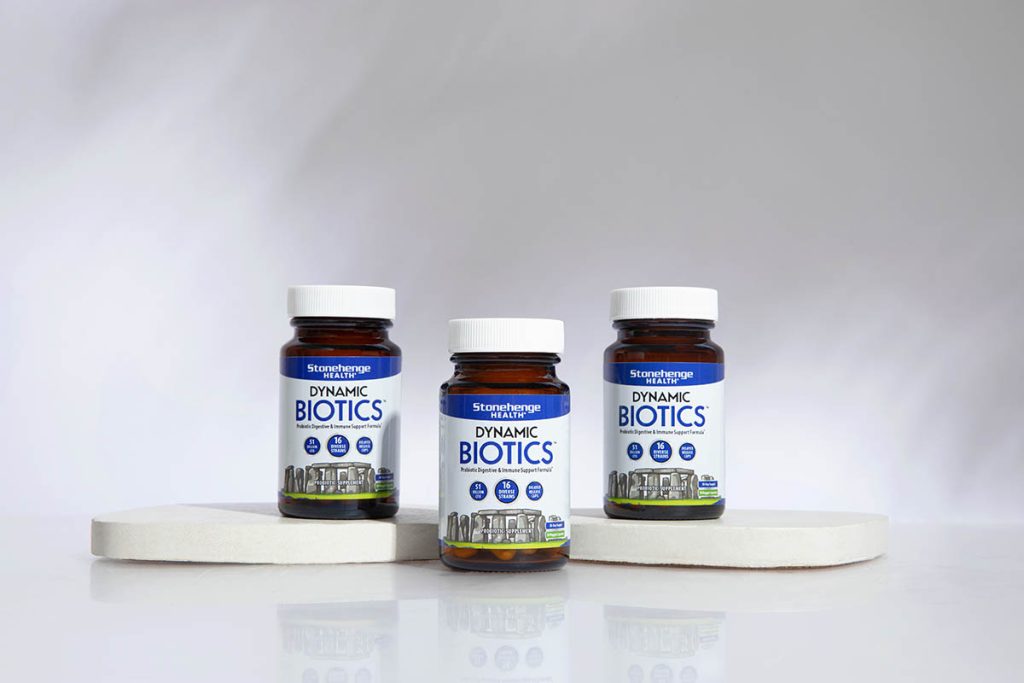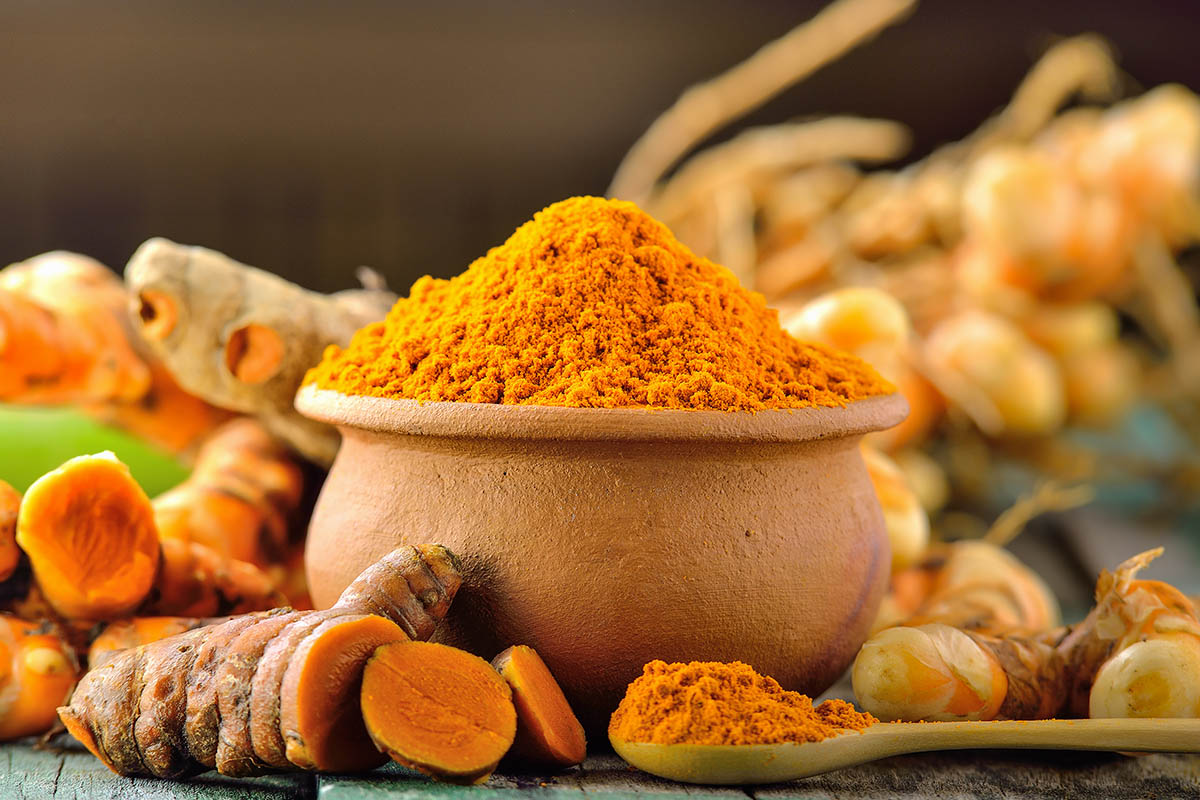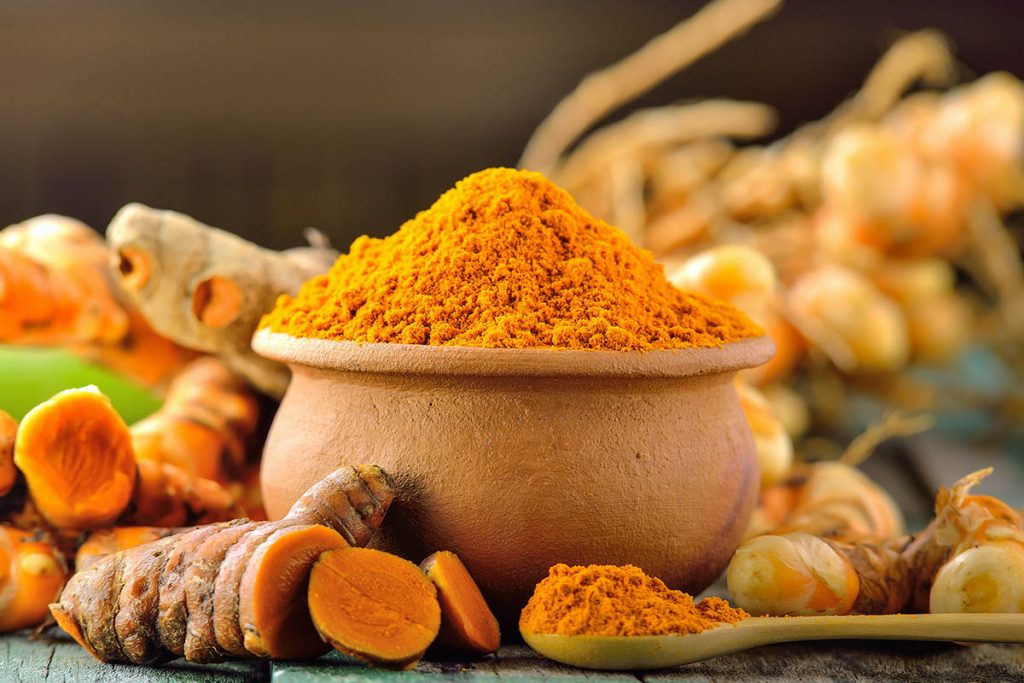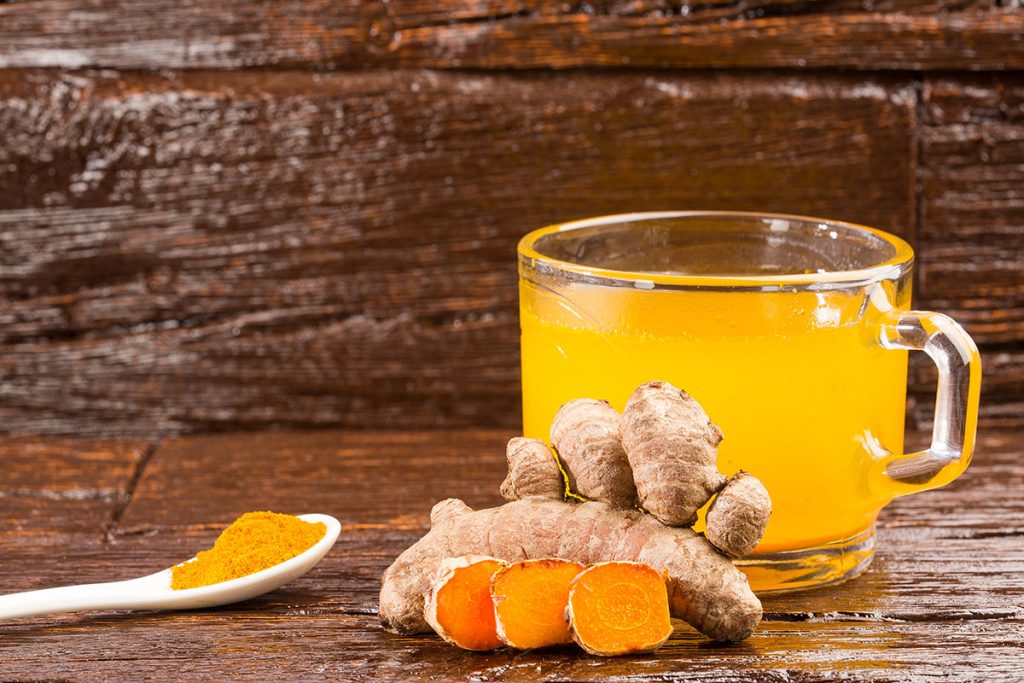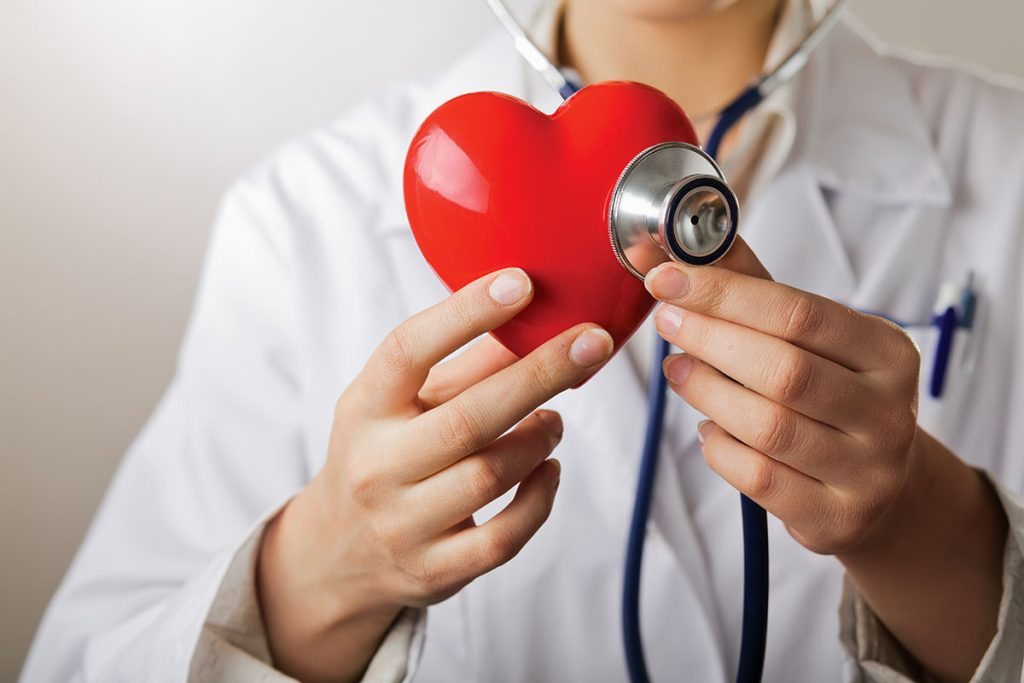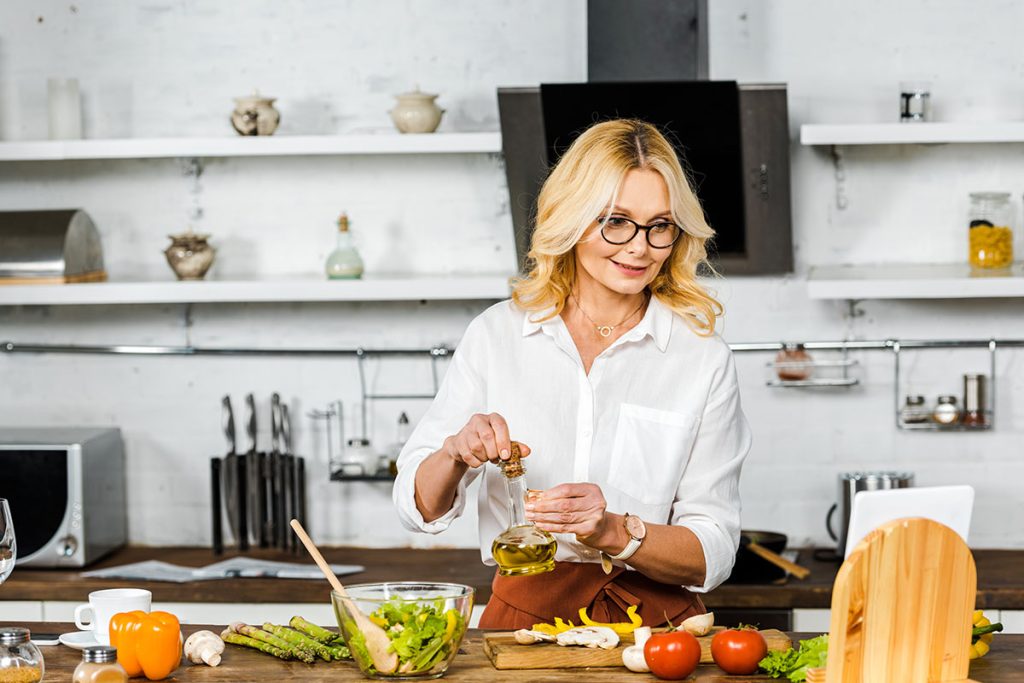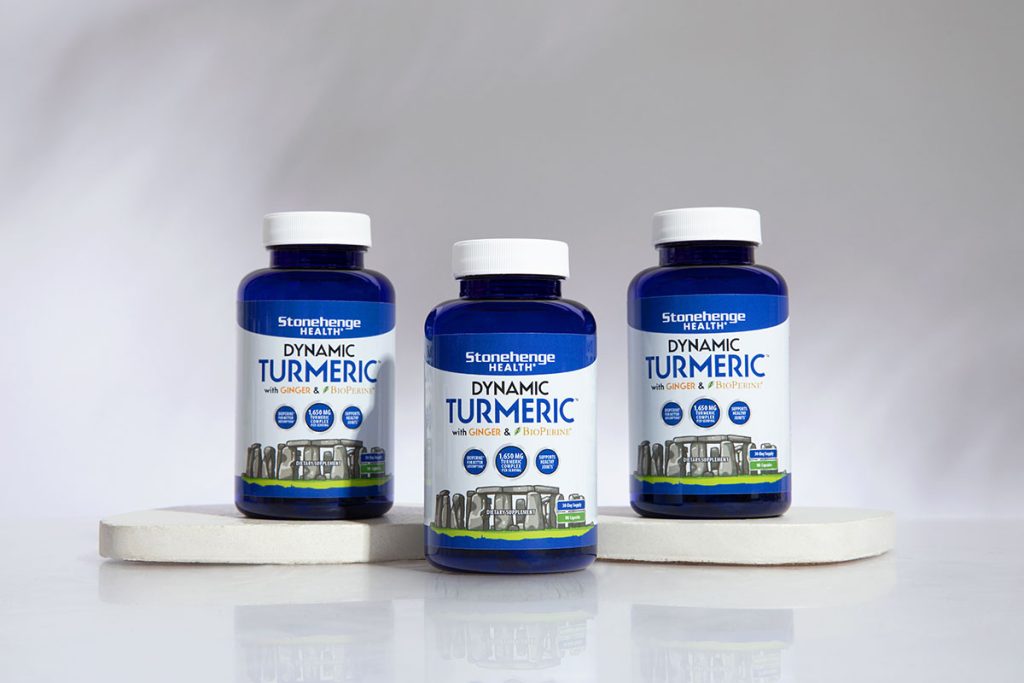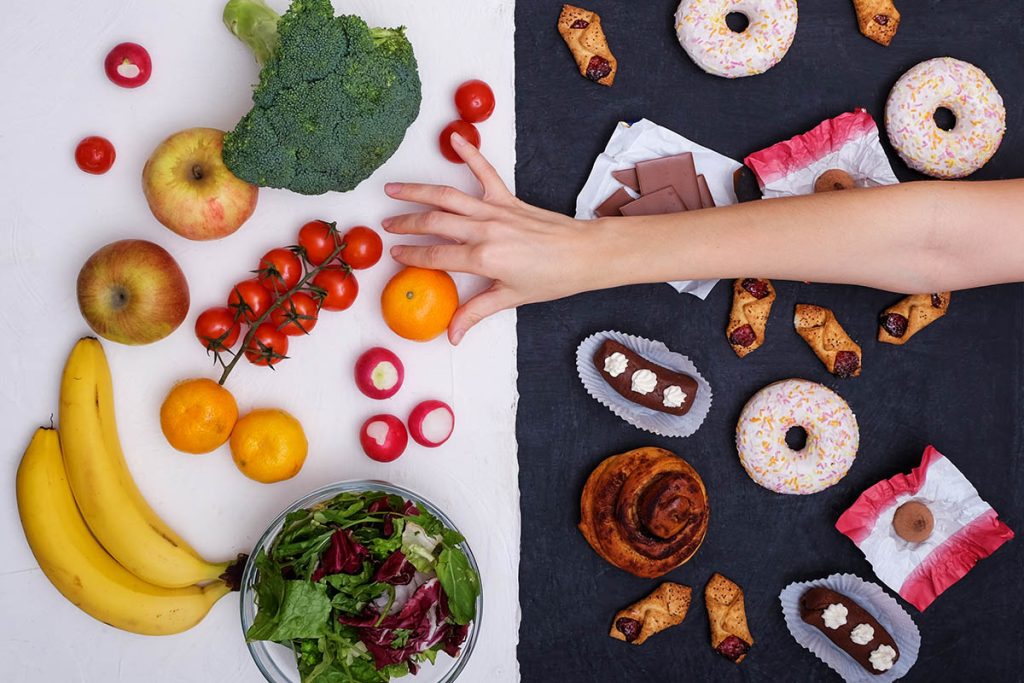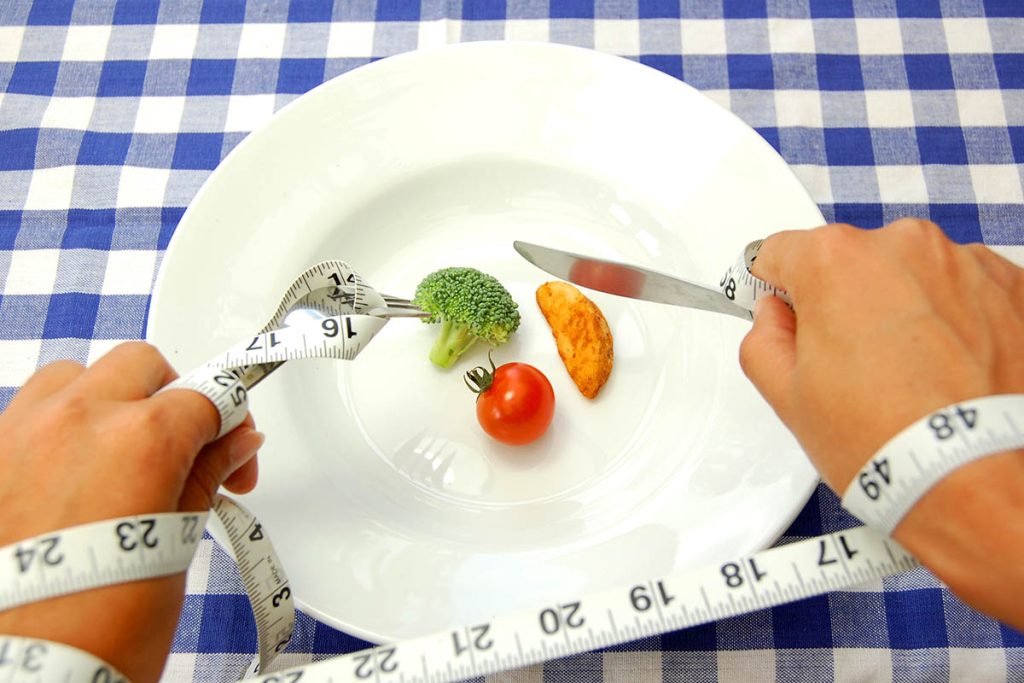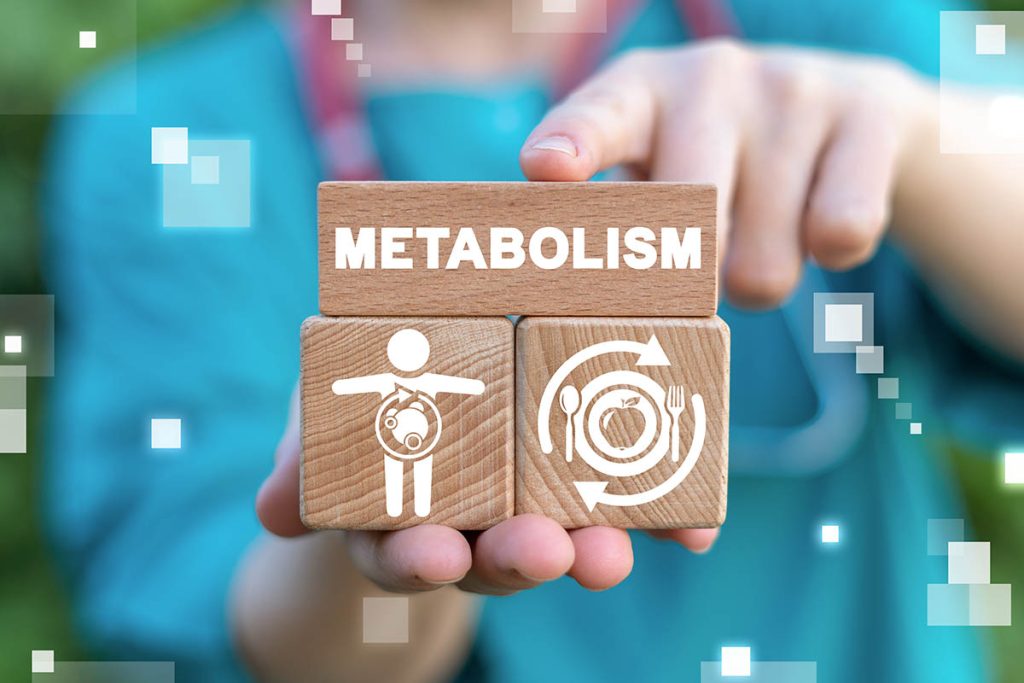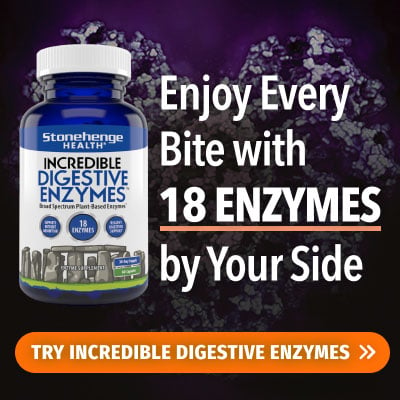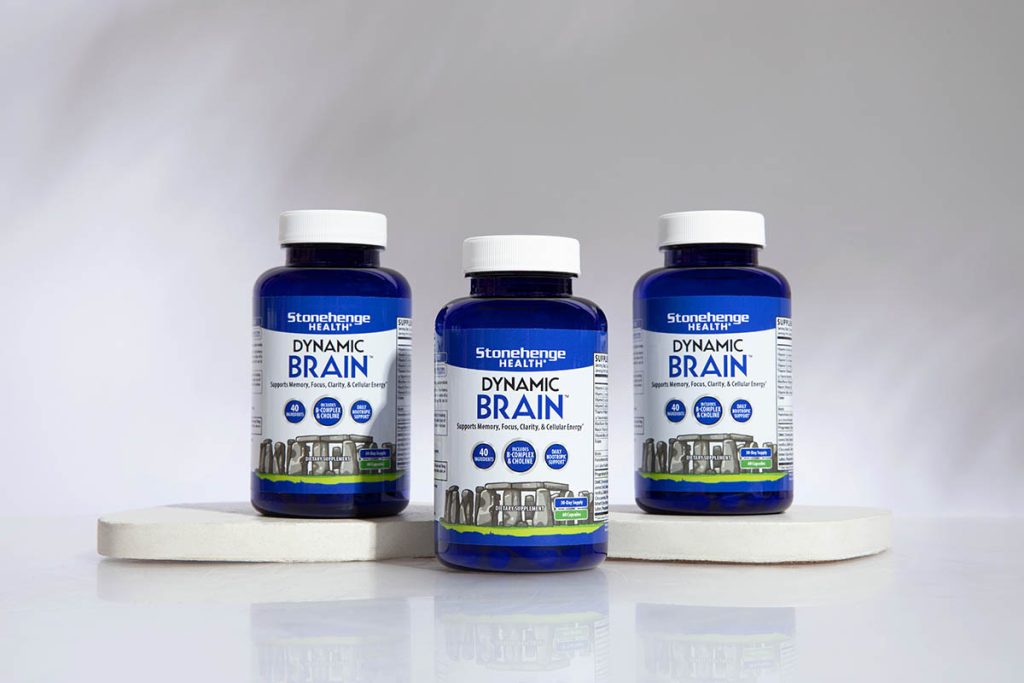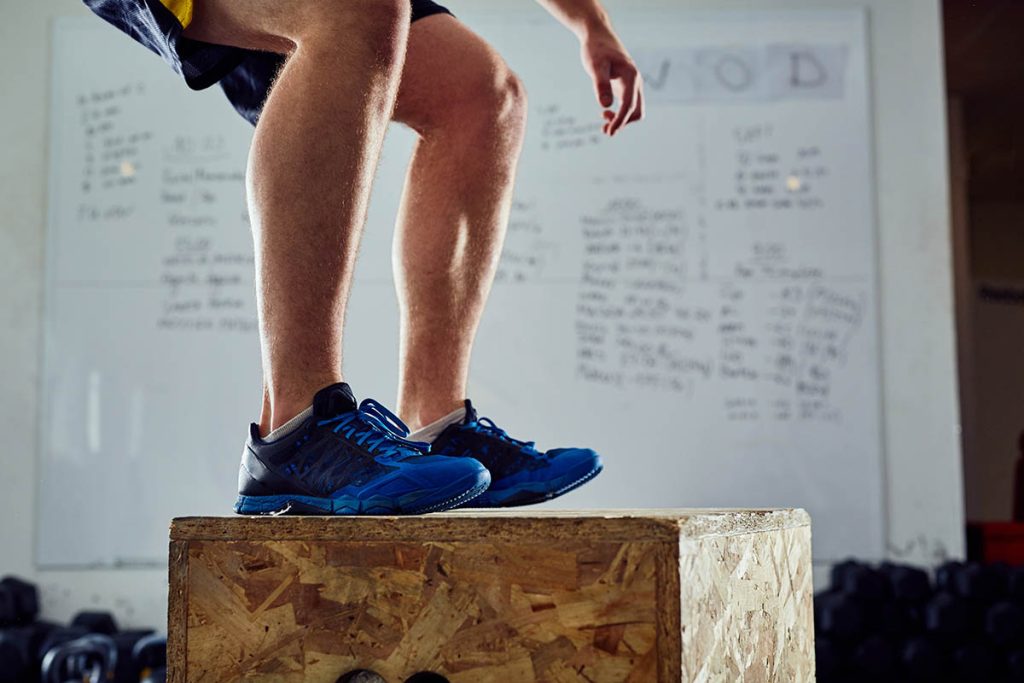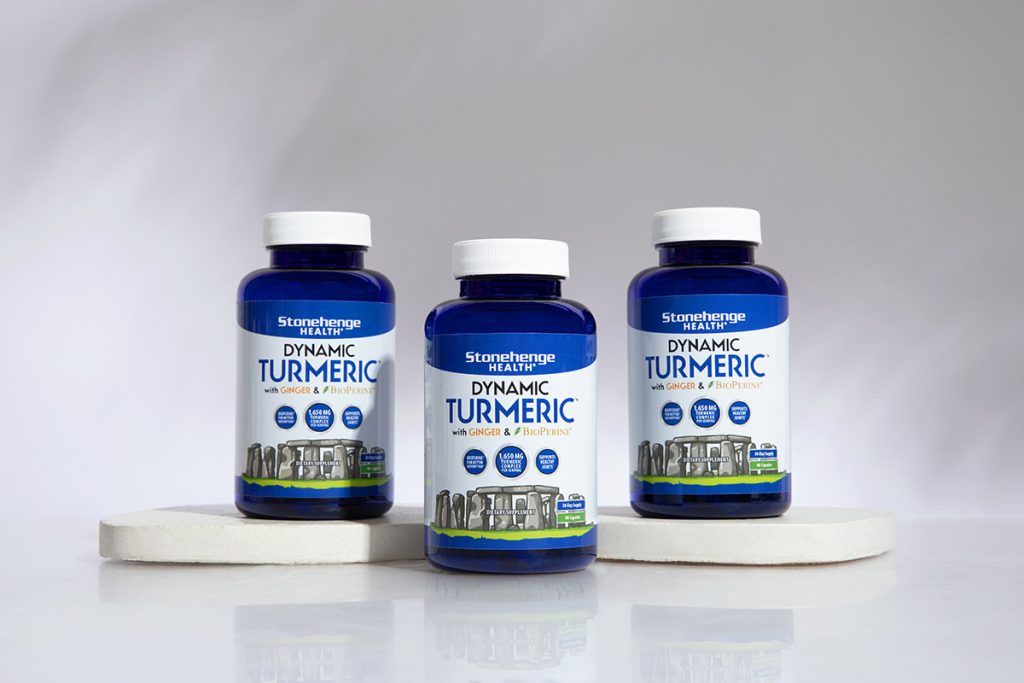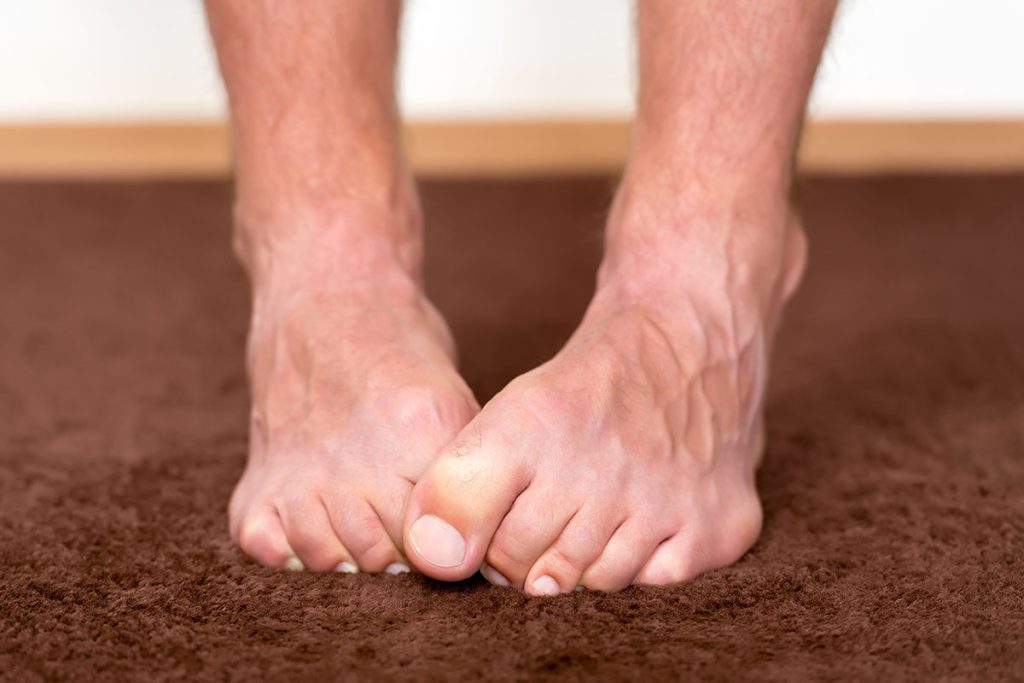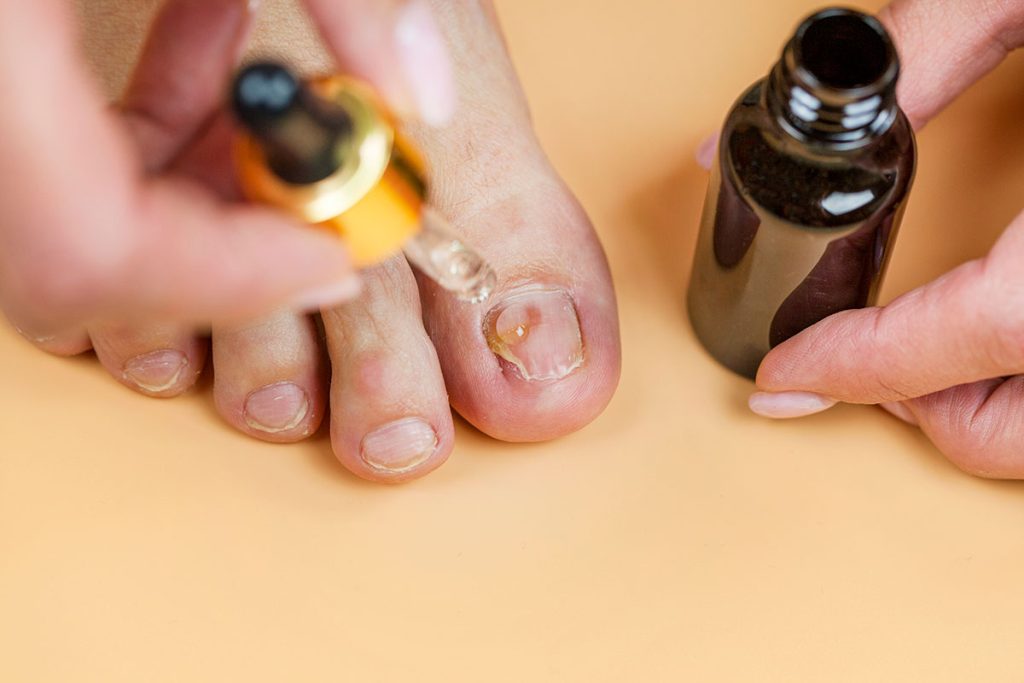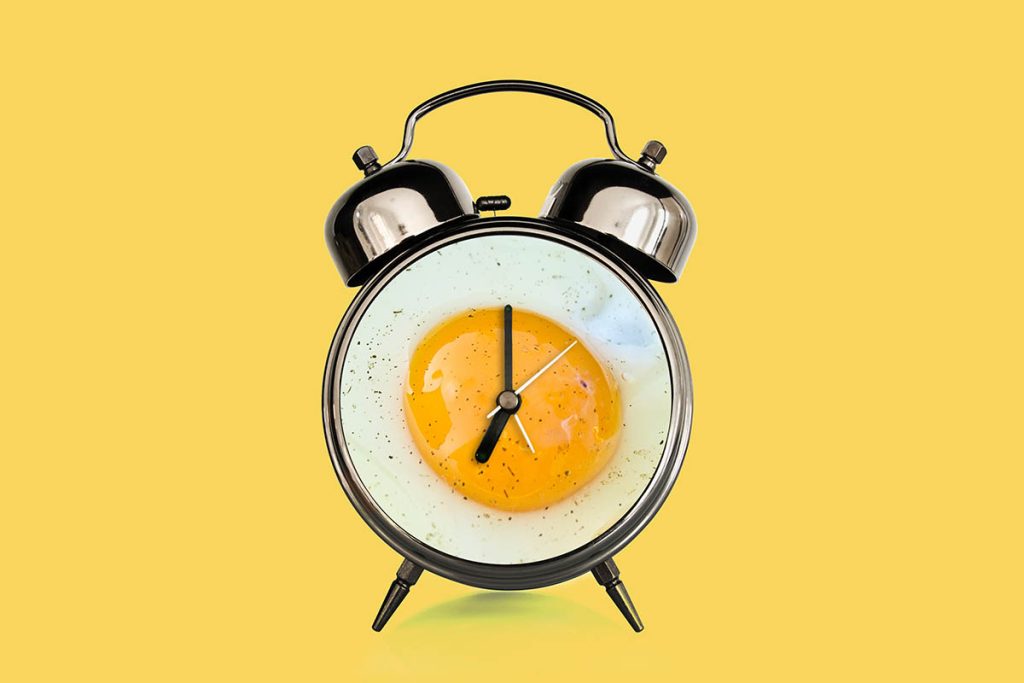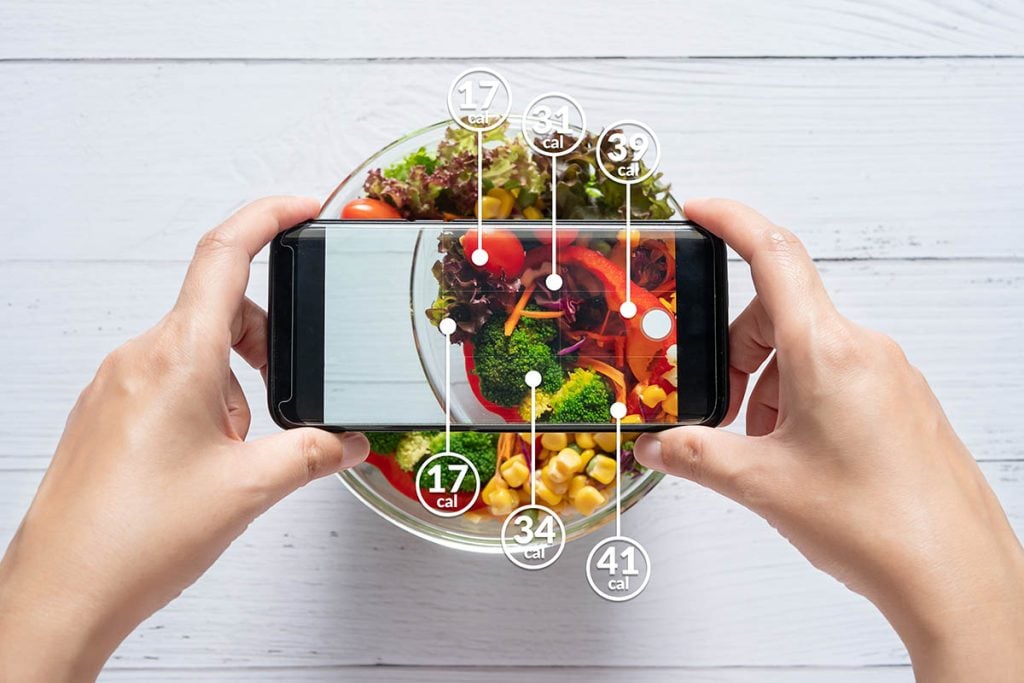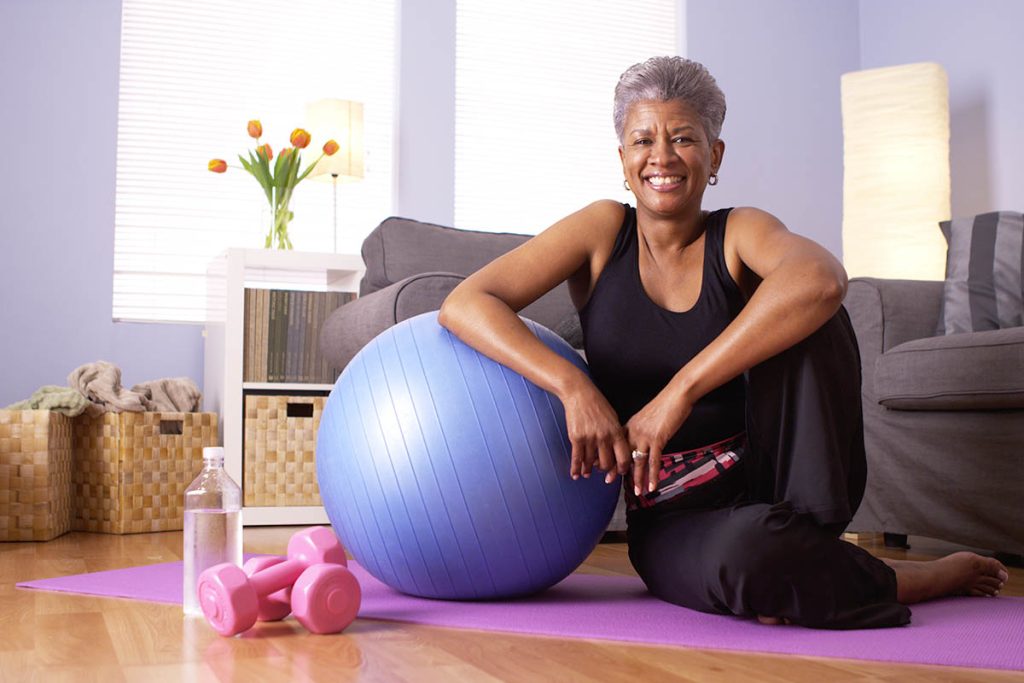
Imagine unlocking a secret ingredient that powers up your brain, supports your heart, and keeps your liver in top shape.
Often flying under the radar, choline is the unsung hero in the quest for optimal health, as it performs critical roles that keep your body and mind in peak condition.
Choline is your go-to ally whether you’re aiming to boost your cognitive prowess, ensure your heart beats strong, or keep your liver clean.
Let’s explore the wonders of choline together.
What is Choline?

Choline is a nutrient that’s vital for many aspects of your health.
It’s a building block that your body needs to perform a bunch of important tasks. Think of it as a helper that does a few critical jobs for your:
• Brain
• Liver
• Heart
• Muscles
To help you visualize the effect of choline, imagine your body as a city with constant construction projects.
Choline is like the building materials needed at the construction sites to build successful projects.
Just like a city needs these materials to build and repair buildings, your body needs choline to build and maintain important parts of your body, especially your brain.
Choline helps throughout the body. Let’s take a look at all the places you’ll find benefits…
7 Benefits Choline Has On Your Health

If you don’t get enough choline, your body may experience a variety of issues because choline is involved in so many critical functions. When you get the ideal amount, choline works wonders for your body and mind.
1. Helps your brain work better: Choline is like food for your brain. It helps with learning and remembering things, for a better mood, and controlling muscles.2 It’s important to keep your brain sharp as you get older, and choline can help.
2. Keeps your liver healthy: Choline helps stop fat from piling up in your liver, which can help your liver stay clean and work smoothly.
3. Boosts your metabolism: Choline is involved in how your body uses fats, which helps keep your metabolism going strong. This means your body can use food better and keep you feeling energetic.
4. Good for your heart: Choline helps manage certain fat levels in your blood, supporting a healthy heart.
5. Supports muscle movement: Choline is important for muscle control, making sure they can move and respond the way you want them to, which is crucial for everything from walking to lifting things.
6. Keeps cell walls strong: Choline helps build the walls of your cells, protecting and organizing cell contents properly. It’s like ensuring each cell has a strong house to live in.
7. Can make you feel happier: Choline, which is involved in making brain chemicals that control mood, might help improve your mood. 2 Research suggests that Choline helps you keep spirits high and maintain a balanced mood.
Your liver produces a small amount of choline, but not enough. Since your body doesn’t make sufficient choline for optimal health, eating foods rich in choline or taking choline supplements is a good way to ensure you’re getting enough.
9 Ways To Get Choline
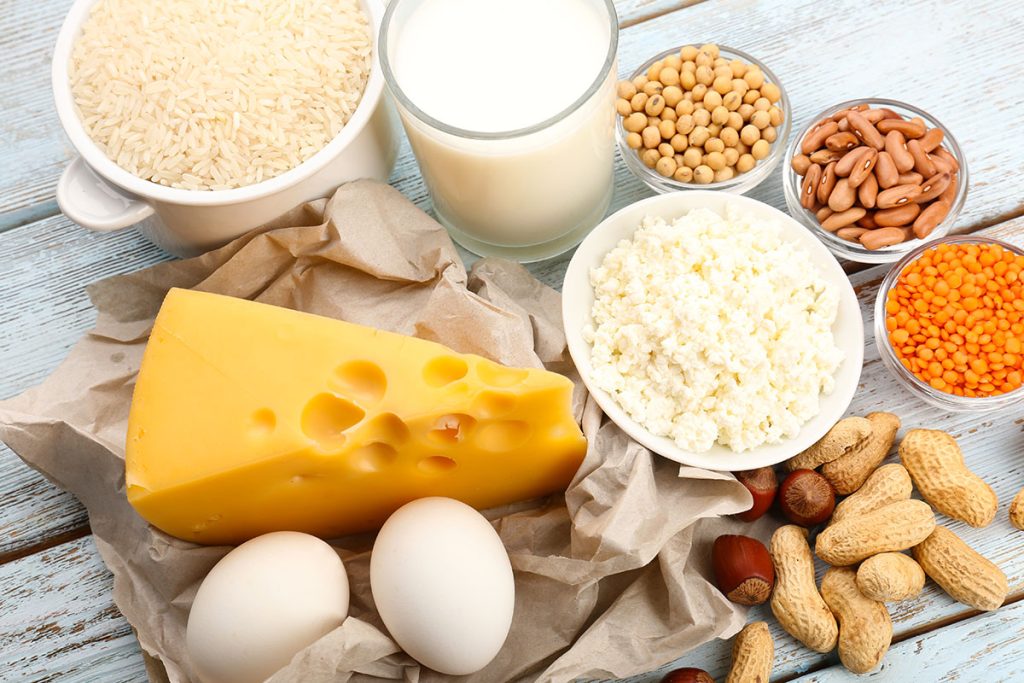
Choline can be found in a variety of foods, both animal and plant-based, as well as supplements. Here are 9 different sources that can help you meet your daily choline requirements:
1. Eggs: The yolk of an egg is particularly high in choline. One large egg can provide about 147 mg of choline, making eggs one of the best sources of this nutrient.
2. Meat: Various types of meat, including beef, pork, and chicken, contain good amounts of choline. For example, a 3-ounce serving of chicken breast provides about 72 mg of choline.
3. Fish: Fatty fish like salmon are good sources of choline. A 3-ounce serving of salmon can offer about 56 mg of choline.
4. Dairy: Milk, yogurt, and cheese contain choline in smaller amounts. For instance, a cup of milk has about 38 mg of choline.
5. Legumes: Certain legumes (beans), such as kidney beans and soybeans, are good plant-based sources of choline. A cup of cooked soybeans provides about 107 mg of choline.
6. Nuts and seeds: Nuts and seeds, especially peanuts and sunflower seeds, contain choline. A quarter cup of peanuts provides about 24 mg of choline.
7. Vegetables: Cruciferous vegetables like Brussels sprouts, broccoli, and cauliflower are decent sources of choline. For example, a cup of cooked Brussels sprouts has about 63 mg of choline.
8. Whole grains: Quinoa, wheat germ, and brown rice provide small amounts of choline as well.
9. Dynamic Brain: With a blend of 40 brain health ingredients, including nootropics such as Huperzine A, Bacopa Extract, DHA, and Phosphatidylserine – Dynamic Brain is designed to support your brain’s cognitive ability.*
Unleash your brain’s full potential with Stonehenge Health’s Dynamic Brain, the ultimate cognitive support supplement designed to enhance memory, focus, and mental clarity.*
Our carefully formulated blend of 40 powerful brain health ingredients, including choline and nootropics like Huperzine A, Bacopa Extract, DHA, and Phosphatidylserine, works synergistically to support optimal brain function and cognitive agility.*
Whether you’re navigating the stressful demands of a hectic lifestyle, aiming to boost your productivity, or seeking to protect your brain health for years to come, Dynamic Brain offers a scientifically backed solution rich in choline and 39 other brain health ingredients.*
Join the thousands of satisfied customers who have already experienced the transformative benefits of Dynamic Brain—a sharper, more focused mind is just a supplement away.*

Sources:
1. 1 – ods.od.nih.gov/factsheets/Choline-Consumer/
2- pubmed.ncbi.nlm.nih.gov/19656836/










